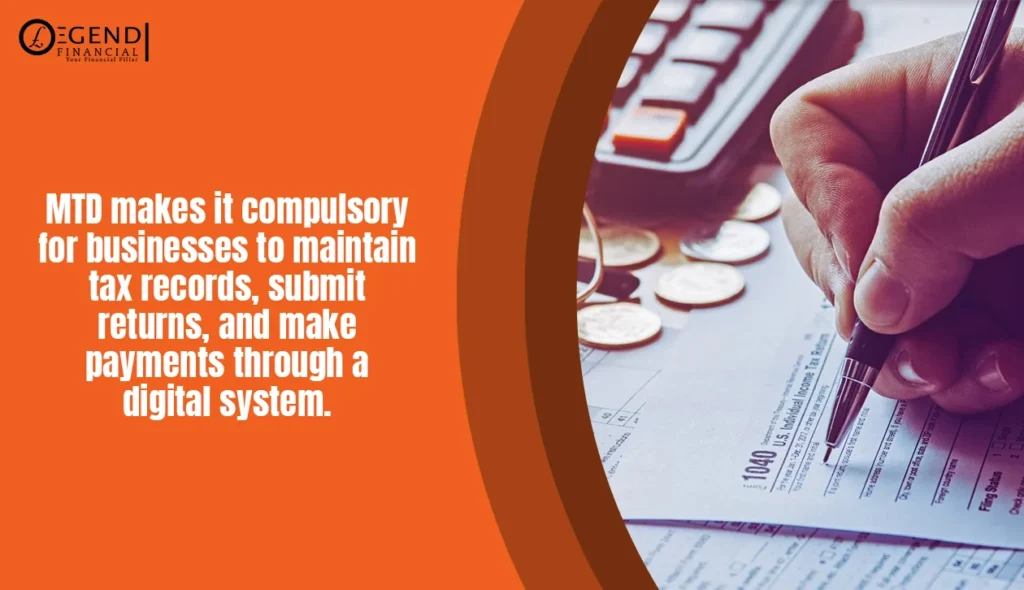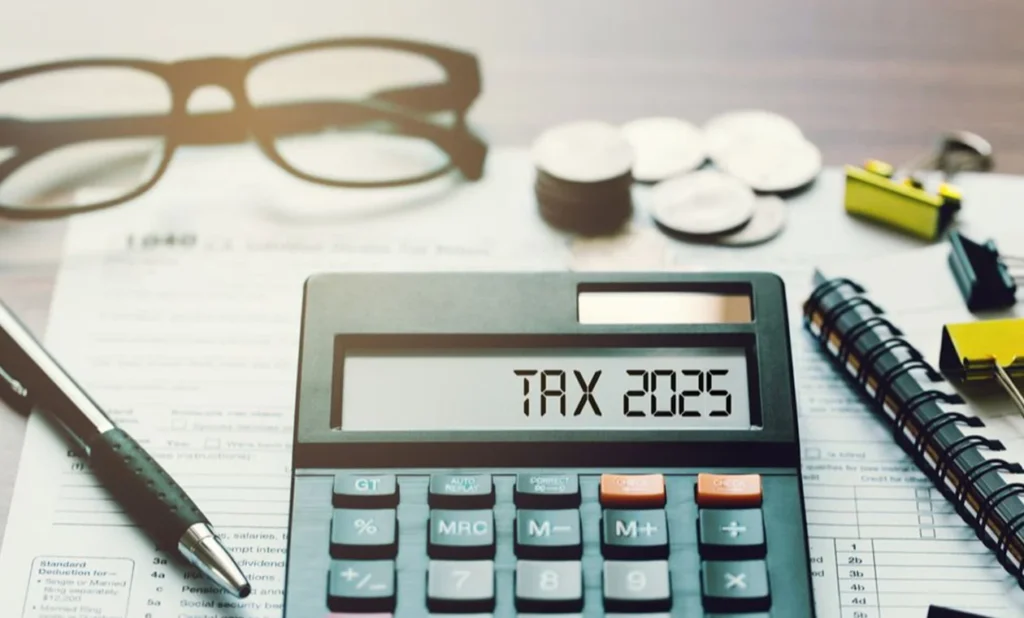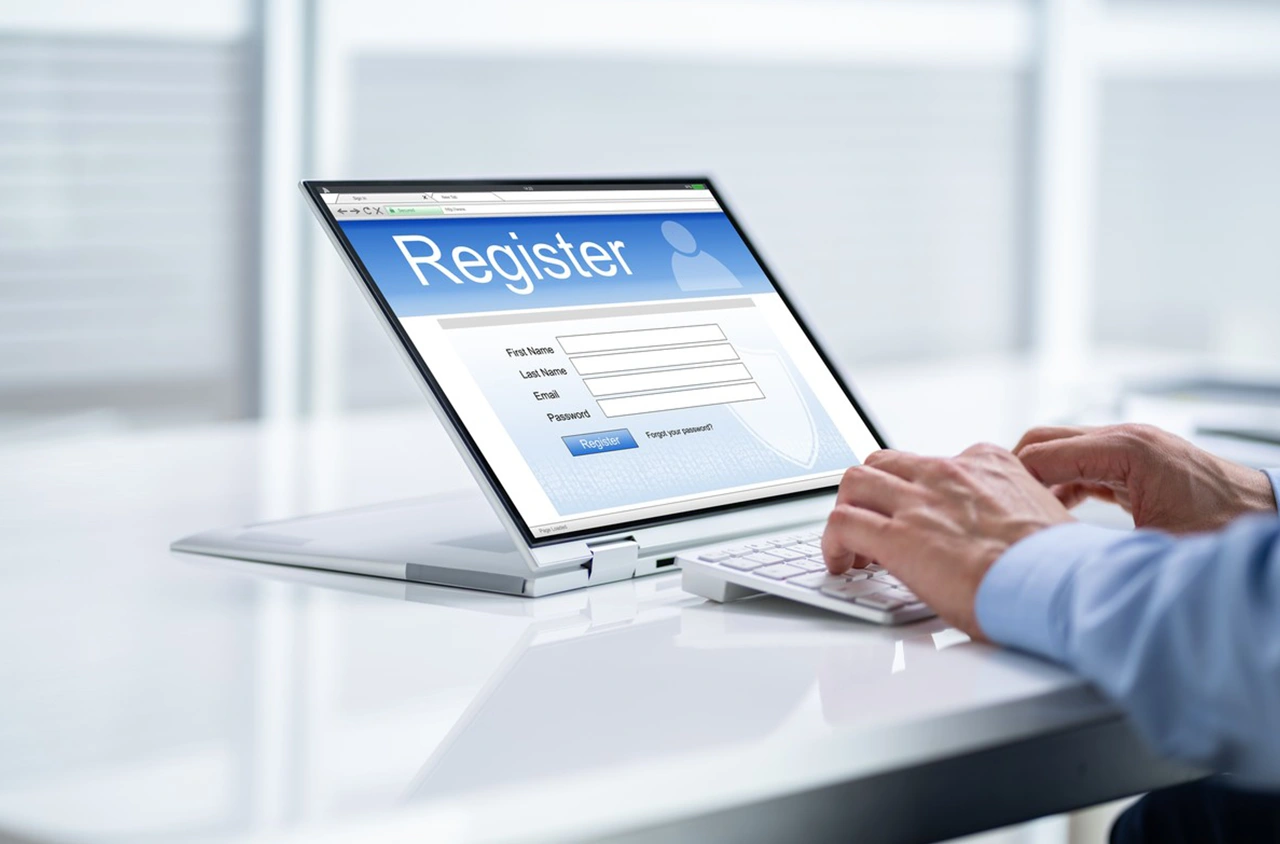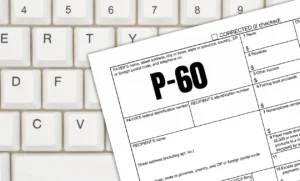Contents
Is tracking your rental income and expenses harder than it should be? For many landlords, tax season means digging through paperwork and rushing to meet Self Assessment deadlines. But that is about to change. Making Tax Digital for Landlords (MTD for Landlords) is a new system from HMRC. It is designed to make managing your taxes easier, faster, and more accurate.
In this article, we will explain how MTD works, when it starts, and what steps you can take right now to get familiar with this transition. Let’s get right into it.
What is MTD and How Does it Change Things?
Making Tax Digital (MTD) is HMRC’s plan to move the UK tax system fully online. Instead of keeping paper records and filing one tax return a year, landlords will now need to keep digital records of their rental income and expenses and send quarterly updates to HMRC using approved software.
With MTD, the goal is to make tax easier to manage. Regular updates reduce the risk of mistakes and help you stay on top of what you owe, before the deadline hits.
For HMRC, these digital tax returns for landlords mean fewer errors, quicker payments, and a clearer picture of national tax income.

MTD for Income Tax
When it comes to landlords, MTD falls under Income Tax Self Assessment (ITSA). It is different from MTD for VAT or Corporation Tax, which already apply to VAT-registered businesses and limited companies.
MTD for Landlords specifically applies to individuals or entities receiving rental income, including:
- Sole traders who let out property
- LLPs involved in buy-to-let portfolios
So, if your annual rental income exceeds the threshold (currently £50,000 from April 2026), MTD will apply to you.
If you are a landlord living overseas, the rules for non-resident landlord tax still apply separately, and may intersect with MTD in certain cases. Read more about how tax works for non-resident landlords.
When Does Making Tax Digital (MTD) Start for Landlords?
Here’s the official MTD rollout schedule from HMRC:
- From 6 April 2026 – If your total income from property or self-employment is over £50,000, you will need to follow MTD rules.
- From 6 April 2027 – If your income falls between £30,000 and £50,000, MTD will apply to you a year later.
- April 2028 (expected) – HMRC has suggested that those earning over £20,000 could be brought into MTD next, though no confirmed date has been set yet.
What Counts Towards this Income Threshold?
One of the most common questions landlords have is “Does MTD apply to me?” The answer depends on how much income you earn, not your profits. HMRC looks at your total gross income from property and any self-employment, not what is left after expenses.
Here is what counts towards this income threshold:
- The full amount of rent you receive, before expenses
- Any self-employment earnings if you also run a business
For example, if you earn £28,000 from property and £5,000 from freelance work, your total is £33,000—and that puts you in the 2027 group.
Can I Start Early?
Yes, you can start early with digital tax for landlords if you want to get ahead. Voluntary sign-up is available now. Some landlords find it helpful to get used to MTD processes early, especially if they already use digital tools for bookkeeping.
Early adoption gives you time to adjust without pressure and ensures your system is fully MTD-compliant well before the deadline.
The Key Pillars of MTD for Landlords
Let’s look closer at the three main parts of MTD for Landlords. This will help you understand what you need to do.
1. Digital Record Keeping
Think about how you handle your property paperwork now. Maybe you have folders of paper bills. Perhaps you use a simple computer sheet that you update sometimes. With MTD, the main change is keeping all your important money records on a computer or phone. This means using special programs or apps that are HMRC approved.
So, what records do you need to keep? It is almost anything about your property business money, including:
Rental Income: Every rent payment from your tenant must be recorded on the computer. You need to note the date, how much, and who paid.
Allowable Expenses: Good records here are important. You need to track things like:
- Costs to fix things (like a leaky tap or painting).
- Fees you pay to a letting agent.
- Money you pay for insurance on your buy-to-let property.
- Fees you pay your accountancy for tax help.
- Bills for things like water and council tax when no one is living in the property.
- Charges from your credit card or online banking that are for your property business.
- Even small costs like office paper or phone calls just for your landlord work.
Digital Receipts: You will not keep piles of paper receipts anymore! You will need to keep digital copies of your receipts and bills. You can do this by scanning them, taking photos with an app, or getting them by email.
Claiming all your allowable expenses is key to reducing your tax bill. Here are some practical tips to reduce your tax on rental income.
2. Quarterly Updates: Checking in with HMRC Often
Instead of one tax return a year, MTD means sending reports every three months. These reports will show the total rental income you received. They will also show the total expenses you paid during those three months.
The exact dates for these updates will depend on when your business year starts. But the idea is to give HMRC a regular look at your property business money. You do not need to send every single bill at this point. It is just the total amounts.
This regular reporting should help you and HMRC keep track of your tax during the year. This will make the final tax return at the end of the year easier.
3. The Final Declaration
You will still need to do a tax return at the end of the year. This is called the final declaration. Here, you will check all the quarterly updates you sent, make any changes needed and HMRC about any other income you have. You will also claim any tax help you are allowed under income tax rules.
Compliance and Penalties Under MTD
Penalties for non-compliance will apply if you miss deadlines, fail to keep digital records, or submit incorrect figures. HMRC uses a points-based system for late submissions. Just like a driving licence, too many points will result in a fine. Repeated mistakes in your digital returns could also trigger additional scrutiny or penalties for careless or deliberate inaccuracies.
1. Late Submission Penalties: The Points-Based System
Here is how it works:
- Each missed deadline earns one penalty point.
- Once you hit a points threshold, you’ll get a £200 fine.
- After the fine, every subsequent missed submission results in another £200 penalty.
Thresholds before a fine:
- Annual submissions (e.g., Self Assessment): 2 points
- Quarterly submissions (e.g., MTD for landlords): 4 points
- Monthly submissions: 5 points
Points expire after 24 months, but only if you meet all your obligations in that time.
2. Penalties for Errors in Returns or Record-Keeping
If HMRC believes an error was made, they may charge a penalty based on the reason and size of the mistake:
- Careless mistake: Up to 30% of the extra tax due
- Deliberate but not concealed: Up to 70%
- Deliberate and concealed: Up to 100%
These can apply even if you did not mean to under-report your income, especially if you cannot show that you took reasonable care.
Pro Tip: Good digital bookkeeping is your best defence. Not just for staying on HMRC’s good side, but for keeping your property finances under control.
HMRC’s Let Property Campaign gives landlords a chance to come forward voluntarily. You can learn more about how that works in our complete guide for UK landlords.
Practical Steps Landlords Should Take Now
1. Check If and When You Will Be Affected
Start by working out whether you fall within the income thresholds. Remember, the threshold is based on your total gross rental income before expenses, not your profits.
- Over £50,000: MTD applies from 6 April 2026.
- Over £30,000: Your start date is 6 April 2027.
- £20,000–30,000: A future rollout is likely, around April 2028 (TBC).
Even if you are under these limits now, staying informed will help you prepare as your income grows or the rules expand.
2. Review Your Current Bookkeeping Habits
Next, take a look at how you are currently managing your records. Are your books up to date? Do you store your receipts and invoices digitally? If you are still relying on paper or basic spreadsheets, now is the time to modernise.
Good bookkeeping habits will make MTD compliance smoother, and save you stress later.
3. Start Exploring MTD-Compatible Software
You do not have to switch overnight, but getting familiar with options early gives you a head start. Look for software that:
- Is listed on HMRC’s approved MTD-compatible tools
- Has features like receipt scanning, income categorisation, and secure backups
- Integrates with your bank account for automatic transaction tracking
Some landlords prefer full accounting software. Others stick with spreadsheets and use bridging software to submit updates. Choose what suits your comfort level and budget.
4. Talk to Your Accountant or Tax Adviser
Not sure where to start? Speaking with our qualified accountant or financial advisor can help you confirm whether Making Tax Digital applies to you. We will also recommend the most suitable software for your needs, assist in setting up a practical workflow for regular record-keeping and quarterly submissions.
Working together now will prevent issues later, especially as deadlines approach.
5. Practice Before You Are Required
Your accountant or tax adviser can be a valuable partner during this transition. They can confirm if MTD applies to you, recommend software that fits your needs, and even help you set up a simple digital record-keeping system.
If you are unsure where to begin, a short conversation with one of our experts could make a big difference.
FAQs About MTD for Landlords
Do I Still Need to File a Self Assessment Tax Return if I’m Using MTD?
Yes—at least for now. Whilst MTD changes how you report income during the year, a final declaration (similar to a Self-Assessment) is still required at the end of the tax year to confirm figures and add other sources of income or claims.
What Happens If I Own Property with Someone Else?
If you own a rental property jointly (for example, with a spouse or business partner), each individual must report their share of income and expenses separately under MTD, based on their ownership percentage.
Can I Use Spreadsheets with MTD?
Yes, but only if you use bridging software, a tool that connects your spreadsheet to HMRC’s system. You will still need to maintain digital records and make sure the spreadsheet is MTD-compatible.
What If I Have Multiple Properties?
MTD does not require separate reports for each property. You report your total property income and expenses for the quarter. That said, keeping individual records for each property can help with tracking performance and making financial decisions.
Embracing the Future of Digital Taxation
The shift to Making Tax Digital is about to transform how you manage your property finances. Whilst it may feel like a big step, it is one that offers long-term benefits. These benefits include better visibility over your income, more efficient record-keeping, and fewer last-minute tax rushes. But you do not have to make this digital transition alone.
At Legend Financial, we help landlords like you stay compliant, avoid penalties, and make the most of their rental income. We assist you in setting up an MTD-compatible software all the way up to submitting your final Self Assessment tax return.
Get in touch today to speak with a specialist and future-proof your property tax affairs.












